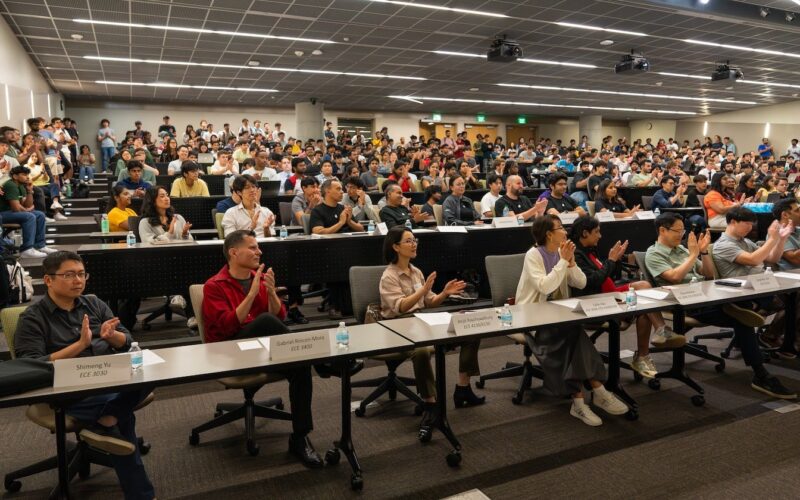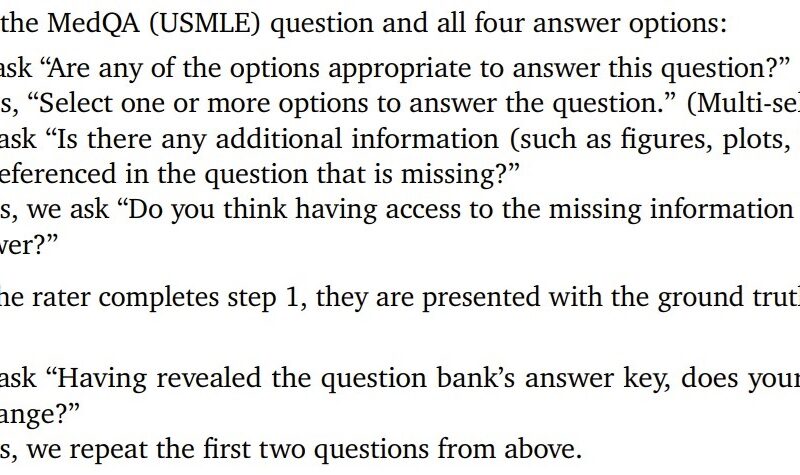14
Nov
Researchers in China have developed a robot that identifies different plant species at various stages of growth by "touching" their leaves with an electrode. The robot can measure properties such as surface texture and water content that cannot be determined using existing visual approaches, according to the study, published November 13 in the journal Device. The robot identified ten different plant species with an average accuracy of 97.7% and identified leaves of the flowering bauhinia plant with 100% accuracy at various growth stages. Eventually, large-scale farmers and agricultural researchers could use the robot to monitor the health and growth of…






